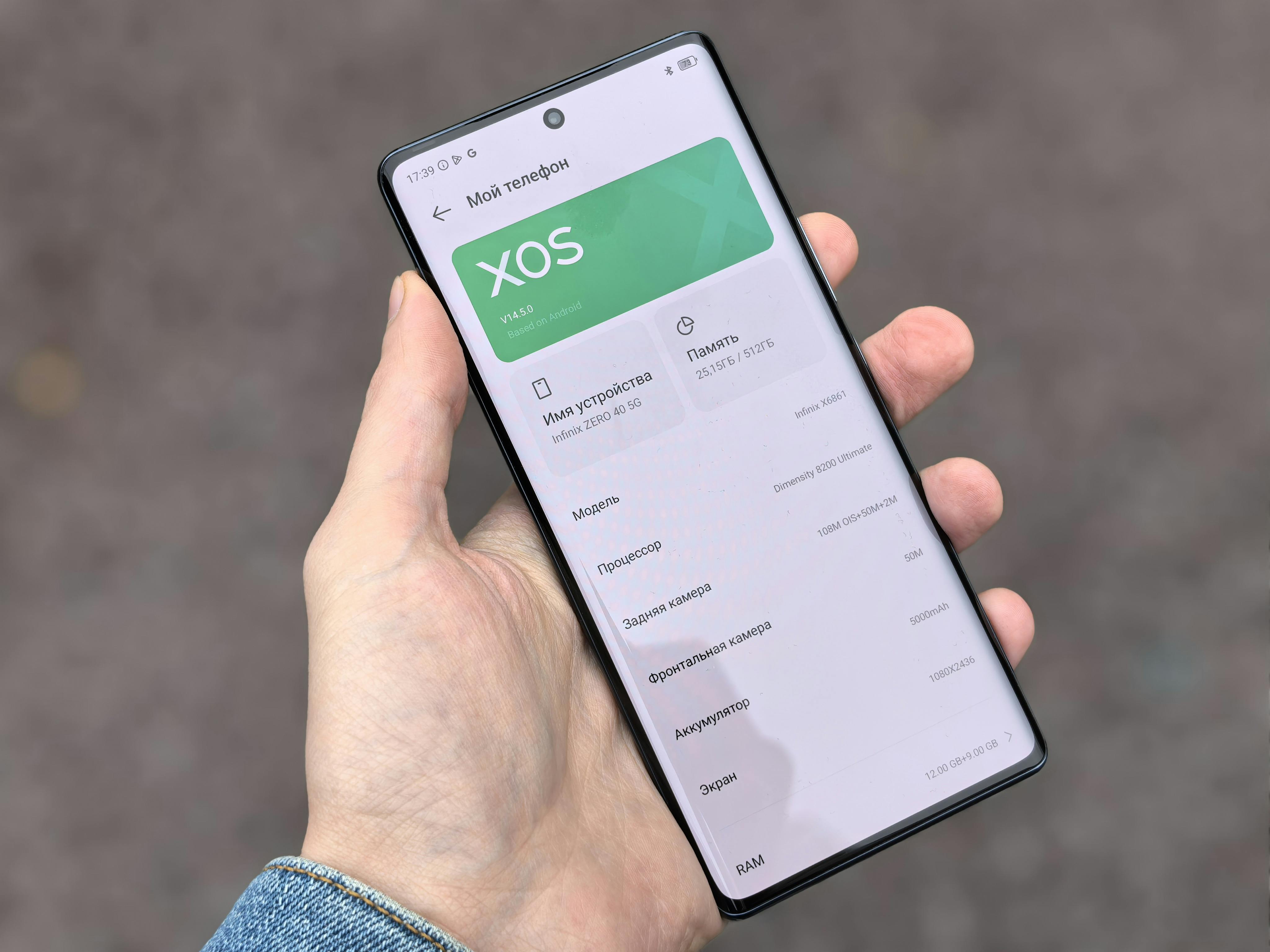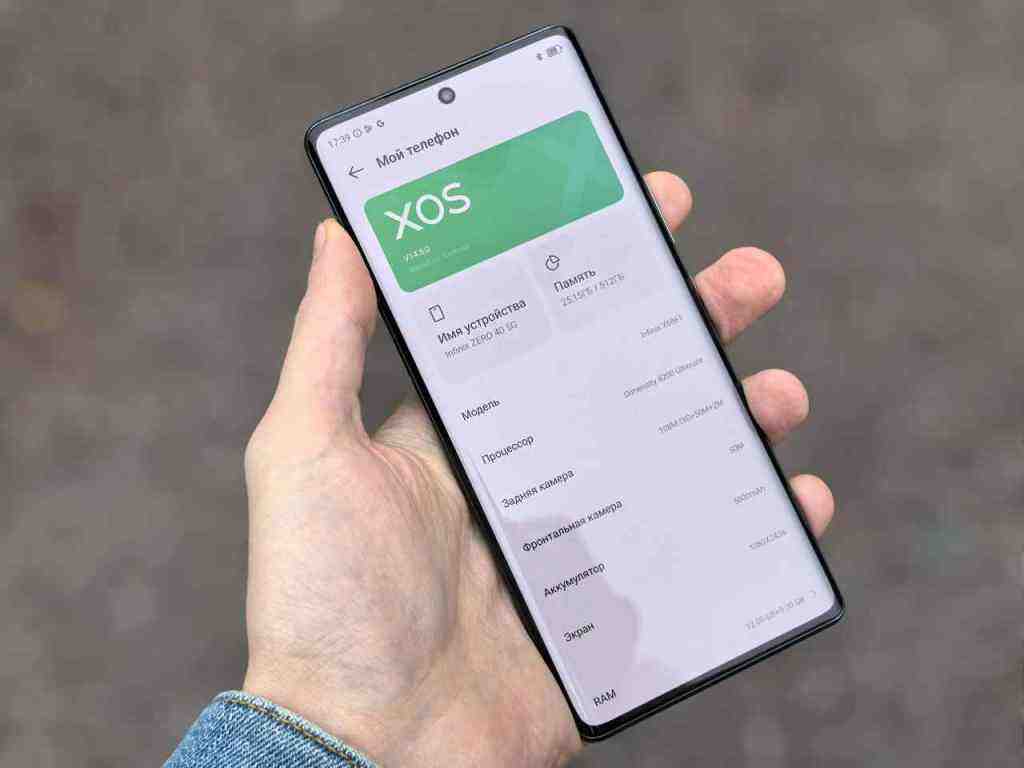Waze is Cutting Off Older Androids: What You Need to Know

Hey there, drivers! Ever feel like your trusty Waze app is giving you the silent treatment when it comes to updates? Well, there’s a reason for that, and it’s all about your Android device’s operating system. Google, Waze’s parent company, has been making some pretty significant changes, and if you’re rocking an older Android version, you might be feeling the pinch. Let’s dive into what’s happening and what it means for your daily commute.
The Shifting Sands of Waze Support on Android
Waze, as you know, is that super helpful, community-driven navigation app that’s become a go-to for millions of drivers. It’s all about real-time traffic updates, hazard alerts, and getting you to your destination as quickly as possible, often by suggesting those clever backroad routes that Google Maps might miss. But here’s the thing: technology marches on, and so does Google’s strategy for its apps. Recently, it’s become clear that Waze is no longer supporting certain older versions of the Android operating system. This isn’t a full shutdown of Waze, mind you, but rather a targeted move to focus development and resources on newer, more current Android platforms.
Why the Big Change? Google’s Strategy Unpacked
So, why is Google doing this? Well, it’s a pretty common practice in the tech world. Maintaining compatibility with a vast array of older operating system versions can be incredibly complex and resource-intensive. By streamlining support to newer Android versions, Google can allocate its development teams more efficiently, ensuring that Waze functions optimally and can incorporate the latest features and security updates for the majority of its users. Think of it like this: as cars get newer and more advanced, older models eventually can’t take advantage of the latest safety features or engine upgrades. It’s a similar concept with software. Plus, it encourages users to keep their devices updated, which generally means better performance and enhanced security.
Which Android Versions Are Feeling the Squeeze?. Find out more about Waze support ending Android versions.
The main takeaway here is that Waze is now requiring a minimum of Android 10 to receive updates. This means that devices running Android 9 Pie or older versions are no longer getting new features, bug fixes, or security patches. While the app will likely continue to function on these older devices for a while, it’s essentially frozen in time. No more shiny new bells and whistles for you if your device is stuck on Android 9 or below. This change is particularly relevant for those who use older tablets as dedicated navigation units or have in-car infotainment systems that run on older Android versions.
The Impact on Your Driving Experience
If your device is running Android 9 or an older version, this support change could mean a few things for your daily drives.
No More New Features, But Will it Still Work?
The good news is that your Waze app isn’t going to magically disappear overnight if you’re on an unsupported version. You’ll likely still be able to use its core functionalities, like real-time traffic updates, user-generated reports, and basic navigation. However, you’ll miss out on all the exciting new features and improvements that Google rolls out. Over time, this could also mean that the app becomes less reliable or might eventually stop working altogether, though the exact timeline for that is still a bit fuzzy.
What About Your Car’s Infotainment System?. Find out more about Google Waze support withdrawal Android guide.
This is where things can get a bit tricky. Many car infotainment systems, especially older or aftermarket ones, run on Android. If your car’s system is on Android 9 or older, it’s likely to stop receiving Waze updates, potentially impacting your in-car navigation experience. This could be a real bummer if you rely on Waze integrated into your car’s display.
What Can You Do? Your Actionable Guide
So, what’s a Waze user to do if they’re on an older Android version? Don’t panic! There are a few paths you can take:
1. Check Your Android Version
First things first, know what you’re working with. You can usually find your Android version in your device’s Settings menu, often under “About phone” or “System.” Once you know your version, you can compare it to the new requirements.
2. Consider an Android Update. Find out more about affected Android versions Waze support tips.
If your device is eligible for an Android OS update to version 10 or higher, that’s often the simplest solution. Updating your operating system not only keeps your Waze app humming along with the latest features but also generally brings security patches and performance improvements to your entire device.
3. Explore Alternative Navigation Apps
If updating your device isn’t an option, or you’re just curious about what else is out there, there are some excellent alternatives. * Google Maps: This is the most obvious choice, as it’s also owned by Google and has integrated many of Waze’s best features. Crucially, Google Maps currently supports devices running Android 8 and newer, offering a broader compatibility range than Waze’s new requirements. It’s a robust app with detailed maps, offline capabilities, and options for various modes of transportation beyond just driving. * Other Navigation Apps: The navigation app landscape is pretty diverse. Apps like HERE WeGo offer strong offline capabilities and good international support. For those who prioritize privacy and extensive customization, OsmAnd or OrganicMaps, which utilize OpenStreetMap data, are worth exploring.
4. Keep Using Waze (with Limitations)
As mentioned, if you’re on an older Android version, your current Waze installation will likely continue to work for a while. You’ll still get traffic updates and user reports, but you’ll miss out on any new features. It’s a trade-off, but if Waze is your absolute favorite and you don’t mind missing out on the latest advancements, it’s a viable option for the time being.
The Future of Waze and Your Navigation Needs. Find out more about Waze app compatibility Android updates strategies.
This shift in support strategy for Waze isn’t just about keeping up with technology; it’s also about Google’s broader vision for its navigation services. Waze and Google Maps, while distinct, complement each other. Google leverages Waze’s unique community-driven data to enhance Google Maps, while Waze continues to offer its specialized, driver-centric experience. By focusing on newer Android platforms, Waze can continue to innovate, potentially incorporating more AI-powered features and deeper integration with the Google ecosystem.
Waze’s Unique Value Proposition: Still Strong!
Despite these changes, Waze’s core strength remains its incredible community. The real-time, crowdsourced information about traffic, hazards, police presence, and more is invaluable for many drivers. It’s this active user base that makes Waze so dynamic and often more up-to-the-minute than other navigation apps, especially for immediate traffic issues. The ability to report and receive instant alerts is what sets Waze apart, and that community aspect isn’t going anywhere.
Key Takeaways and Your Next Steps
So, to wrap things up, Google is updating its Waze app to require Android 10 or higher for new features and ongoing support. This means if your Android device is running version 9 or older, you’ll need to consider your options. * Know Your Version: Check your device’s Android OS version. * Update if Possible: If your device can be updated to Android 10+, do it for the best Waze experience and overall device security. * Consider Alternatives: Google Maps remains a strong contender with broader Android support, or explore other apps like HERE WeGo or OsmAnd. * Use Waze with Limitations: If you can’t update, your current Waze app will still work, but without new features. Navigating these changes is all part of staying current in our fast-paced digital world. Whether you decide to update your device, switch apps, or simply adapt to Waze’s new reality, staying informed is key. Happy driving, and may your routes always be clear! Do you have an older Android device? How are you planning to handle these Waze updates? Let us know in the comments below!
